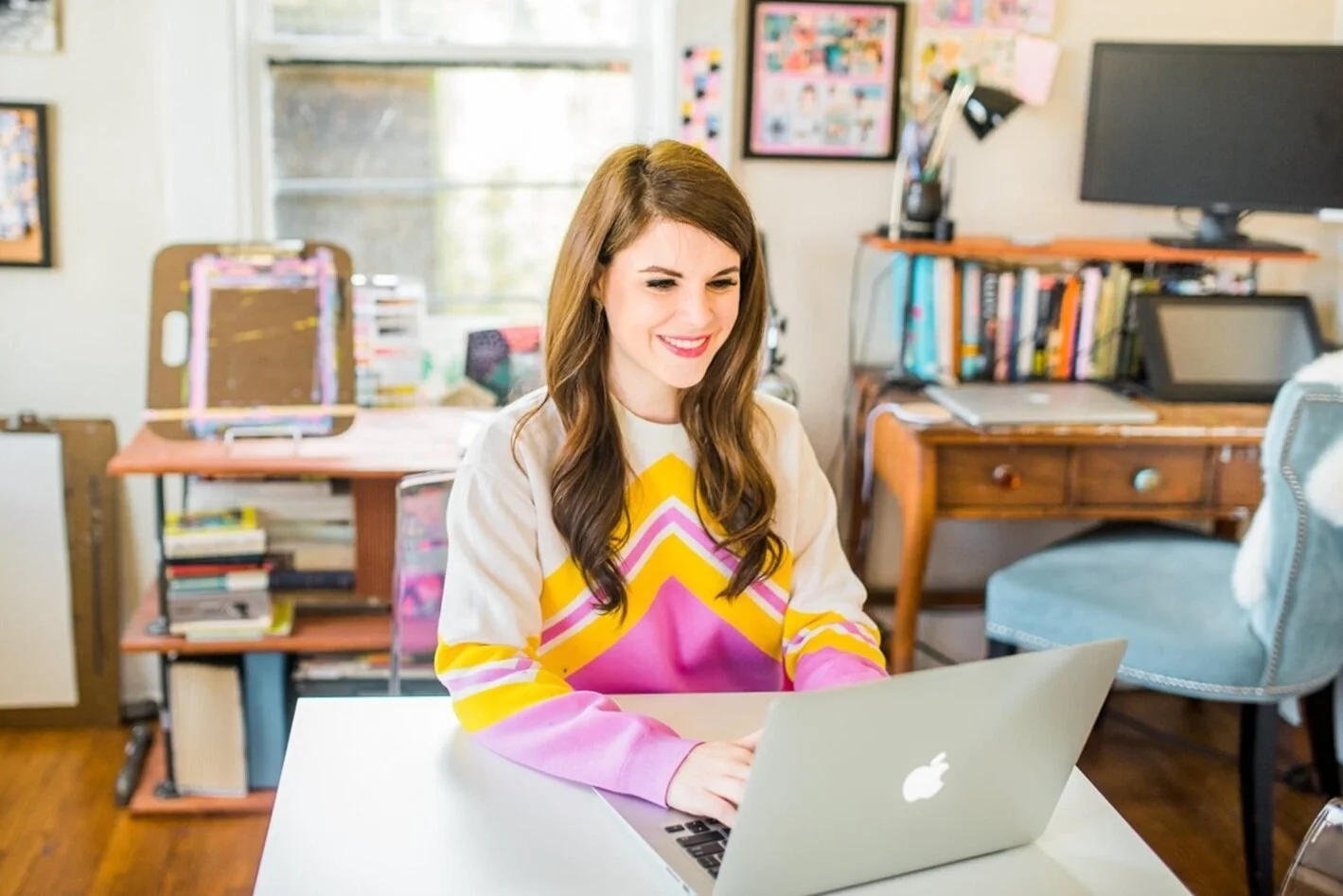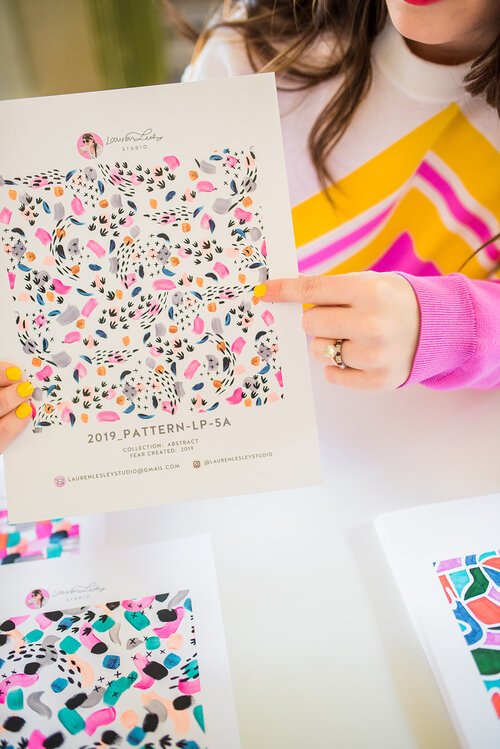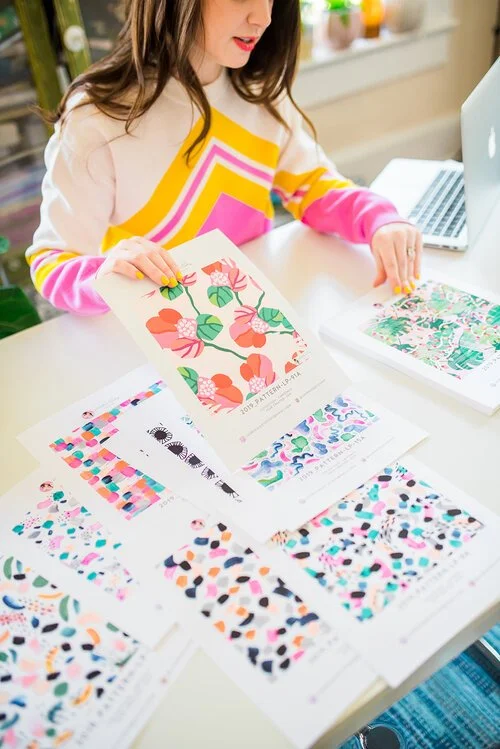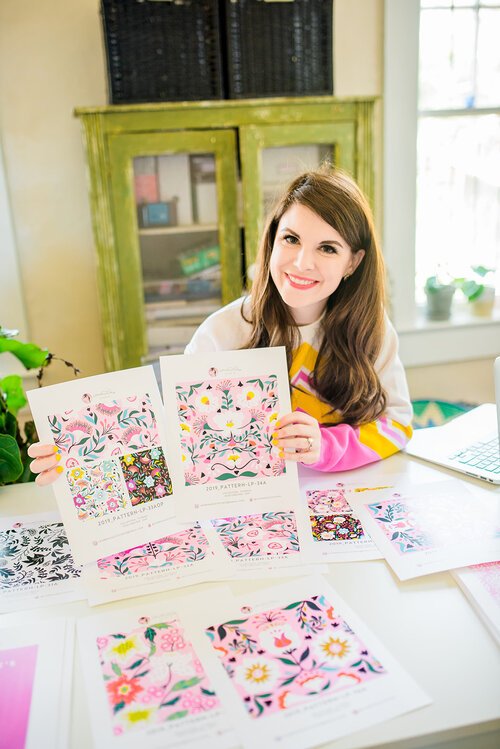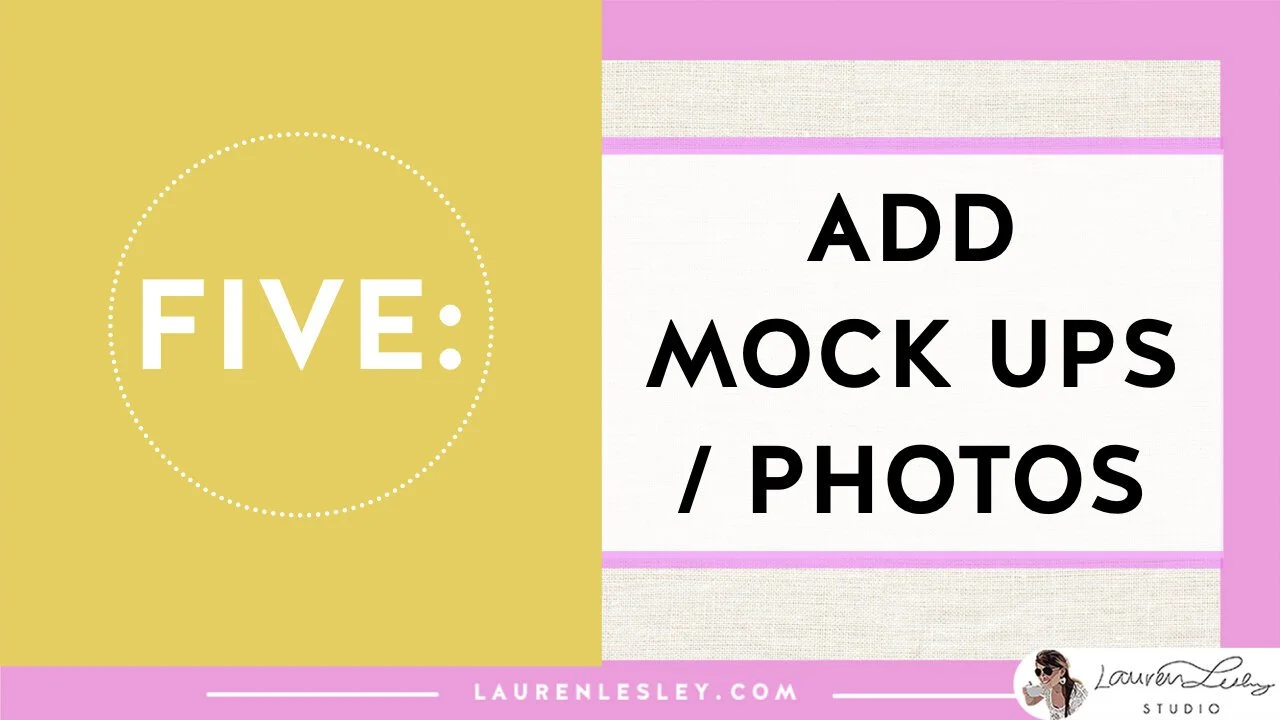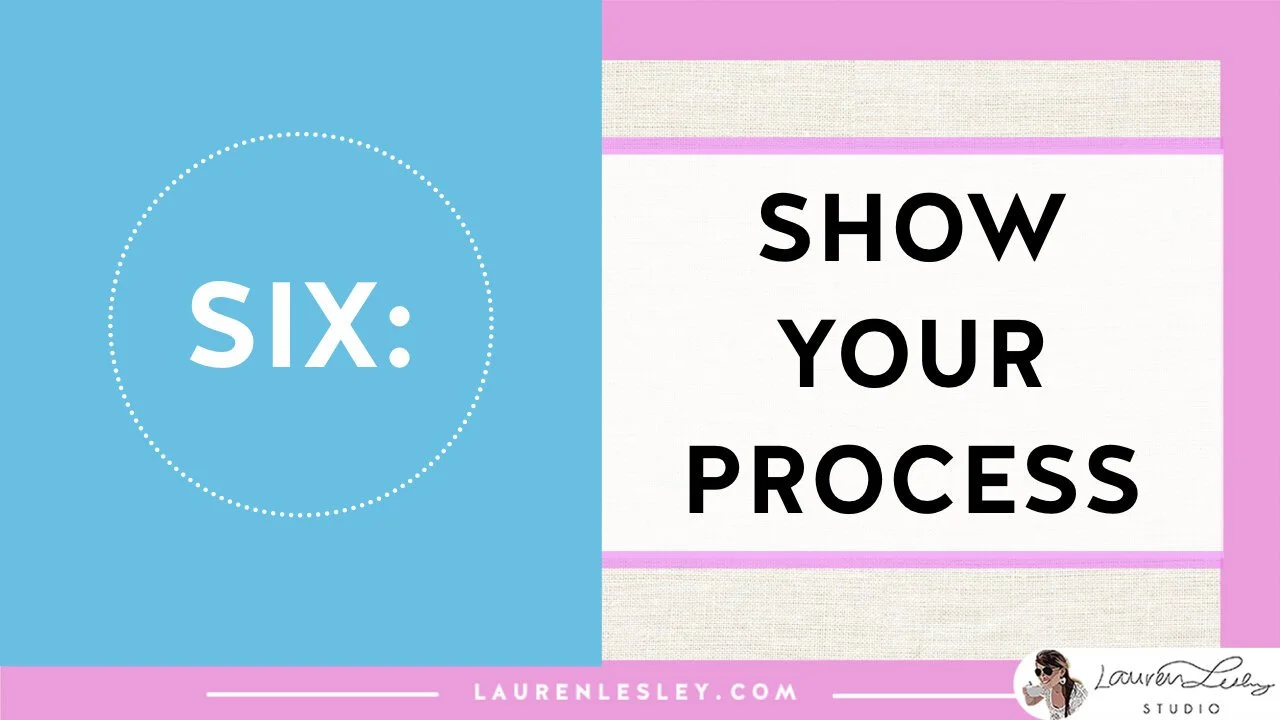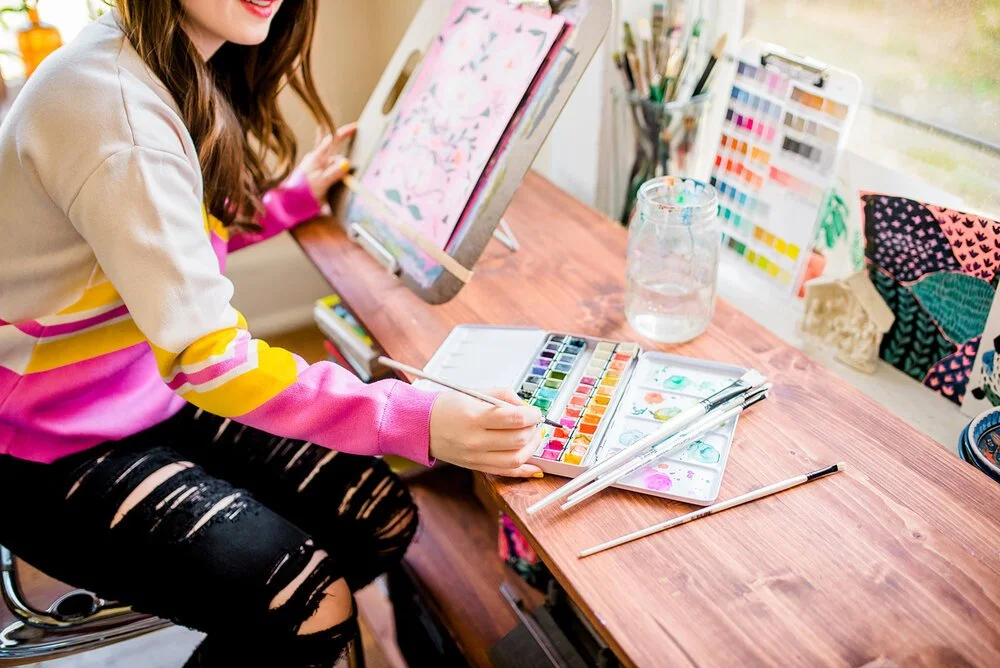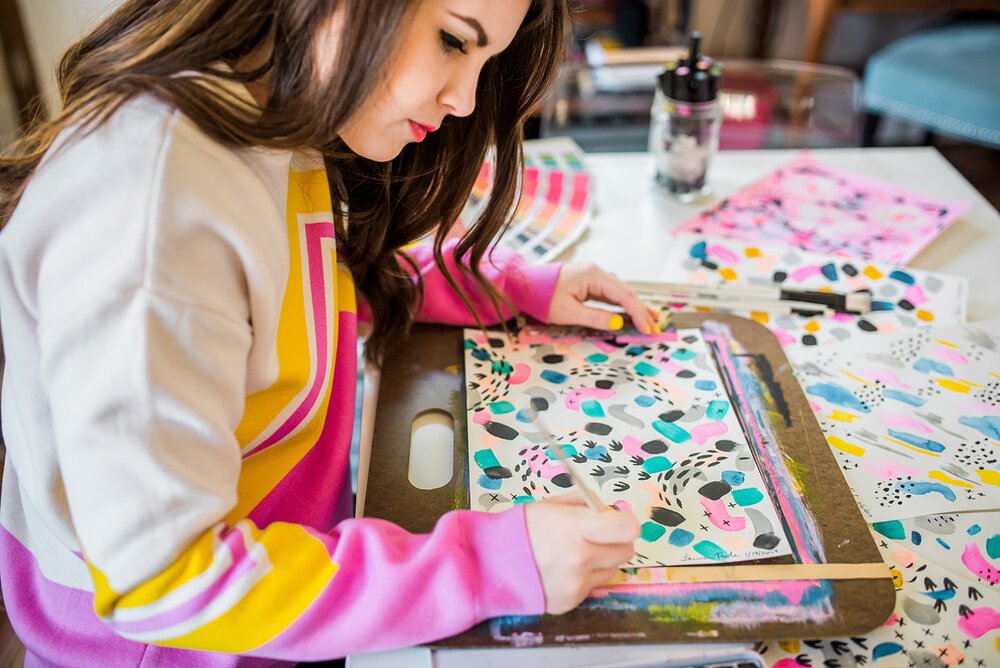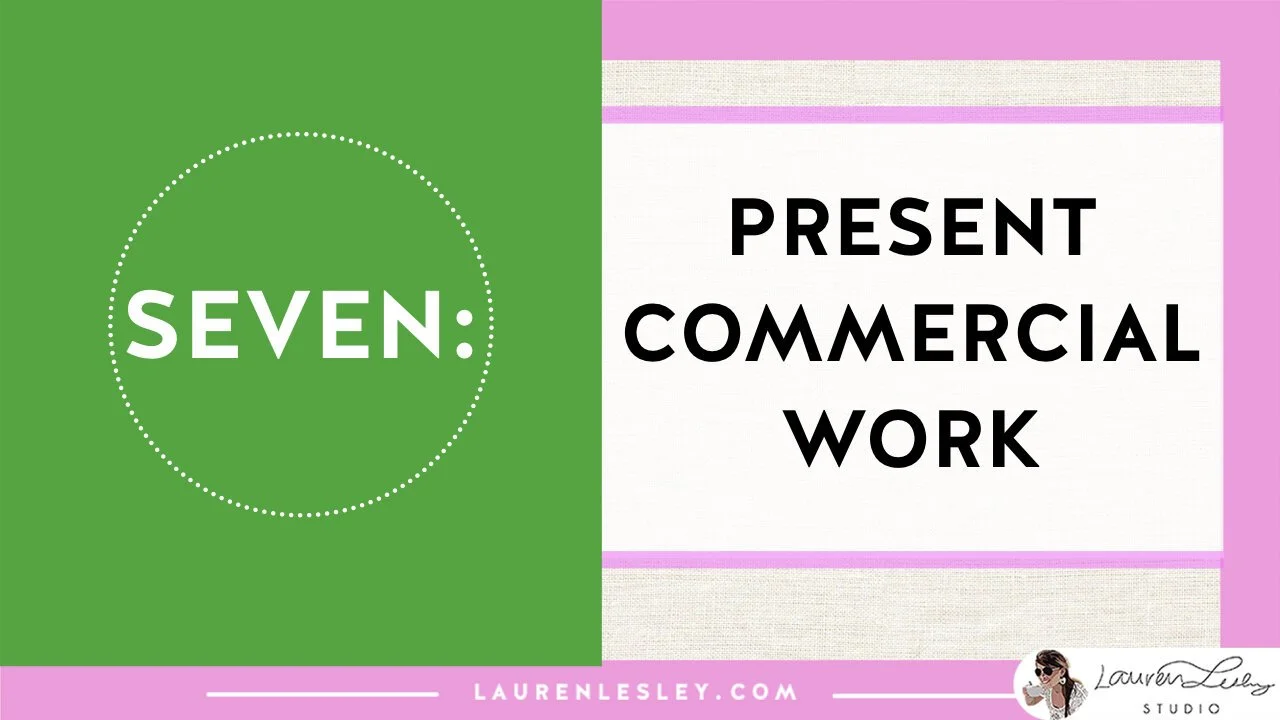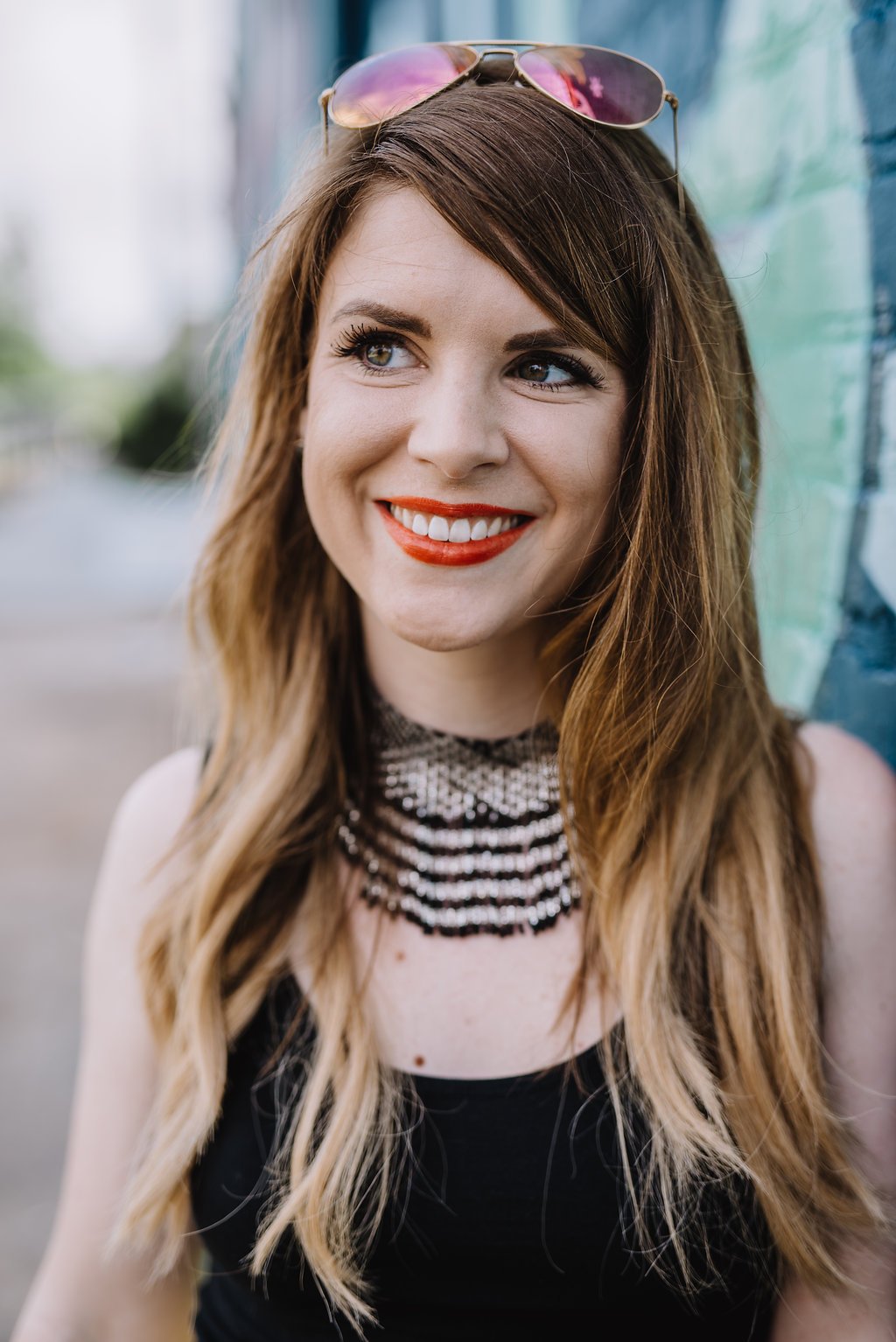Textile Design Portfolio | How to Build Your Textile Design Portfolio
Textile Design Portfolio
Here are the 7 things your portfolio must have!
Are you a textile designer in need of a portfolio but don’t know where or how to start? Or maybe you already have one, but are missing a few essential must haves to really make it stand out from the rest.
Read on to discover the 7 must haves for your textile design portfolio.
WHAT IS A TEXTILE DESIGN PORTFOLIO?
A textile design portfolio is essential if you want to be a successful textile designer. Your portfolio is what you will use to market and showcase your work to the world. Potential clients will use your portfolio to evaluate your collections and designs, your process, and the like.
Through your portfolio, you’ll get to showcase your personality and what services you have to offer. However, before you get started on one or revamp an old one, below are 7 tips and tricks to follow if you want to create the best textile portfolio that’ll land you the gig you’ve always dreamt of.
WATCH MY YOUTUBE VIDEO
TEXTILE DESIGNER PORTFOLIO MUST HAVES
Or Read The Full Blog Post Below
↓
1 | WEBSITE VS PHYSICAL
In today’s world, you definitely still need both a website and a physical portfolio. Any art director will expect you to have a website and a physical book.
For your website, you can use sites like:
There’s loads of different hosting sites that are really great for this.
On your website, you can also embed your Instagram if you use your Instagram for your artwork and your textile designs. Just make sure your Instagram is more on the professional side.
You can also use a blog as a way of posting new work. These are all really great things for art directors to see.
Aside from a website, you will still need an actual book. You can buy a portfolio-style book, that comes with handy pockets, at any art supply store; also otherwise known as a padfolio. Inside of the portfolio, you will want to include your CV (aka resume), business cards, and of course, your designs.
When you come into your interview, the art director or interviewer will expect you to have a physical book with you, so make sure you have both your website and book ready to go.
2 | RESEARCH THE COMPANY
Research the company you’re interested in before you go in for an interview and adjust your portfolio. Adjust it according to whatever type of company it is. This is especially important if you haven’t established a niche or if you’re not in the same industry as the company you’re interviewing for. Perhaps, you’re interviewing for several companies in a few different industries that you might be interested in.
3 | CREATE 3-5 COLLECTIONS
Create three to five different collections within your portfolio. I really recommend creating collections with 3 to 10 designs in each. It really depends on how much work you have. But, you want to create a story for each collection so that when you go in to present your portfolio, you have something to say about your designs.
Before presenting your portfolio, you will want to practice your pitch and open your portfolio with confidence and tell the company what your inspirations were, what type of product you see your designs working with, and what your creative process is. You want to show that you are the best textile designer for their company and for the role.
4 | SHOW YOUR COLOR PALETTE
Another great practice is to show your color palette underneath your designs. When you are showing your portfolio, this is a great way for the art director to really understand how you think about color and how you apply it to your designs.
Color is such a huge part of design and is very specific to different industries.
Take for example you’re working in home décor. You will want to soften your color palette and use dull, livable colors. That would be really amazing for an art director to see. With that, they'll be able to see your design and your color way.
Also, include color chips and color swatches underneath your designs. This will spell it out for the art director how you really think about color and how you interpret color in your design work.
5 | ADD MOCK UPS/PHOTOS
Put your design work into mock ups. Or, if you have examples of a final product, then add professional photos of it into your portfolio. You want to make it as easy as possible for the art director to really understand your creative process and how you're envisioning your designs and your patterns onto the end products.
If you don’t have a final product yet, showing a mock up is just fine. If you do have a final product though, you will definitely want to show that as well. This will show the art director how you create your designs.
6 | SHOW YOUR PROCESS
Art directors want to see how you actually think through your creative process. If you have initial sketches or thumbnails, make sure they are related to the collection you’re presenting. Showcase your sketches, thumbnails, or initial designs and take the art director through your process of how you’ve tweaked the design, how you made revisions, and what edits you’ve made to really bring it into its final beauty.
Art directors want to see how you think and how you go about a process so that they can really understand you as a designer and how you would fit into their team.
7 | PRESENT COMMERCIAL WORK
If an art director goes through your portfolio and notices that some of your designs are not commercial enough, they may acknowledge the beauty of your work but won’t know how to use it or how they can make it fit with their projects. They may even question whether or not you’re going to continuously stick to your own style.
At the end of the day, when you’re working for a company, your design work is for them and the customer (the one who ends up buying it); not for you.
In that case, you want to show commercial work in your portfolio. This is your opportunity and one chance to really prove yourself as the right fit for the company and that you can do the work they expect from you.
Show commercial work and show work that can be function and usable, and that can be put in a retail space or eCommerce site. You can showcase a few personal designs, but for the breadth of your work, show that you can work commercially.
SKETCHBOOKING YOUR STYLE
By the way, if you’re wanting to get in the Surface Pattern Design / Illustration game, but you are really struggling to develop your own art style, be sure to check out my free workshop.
It includes how to create a system for creating your own, unique Art Style.
Sign up below!




